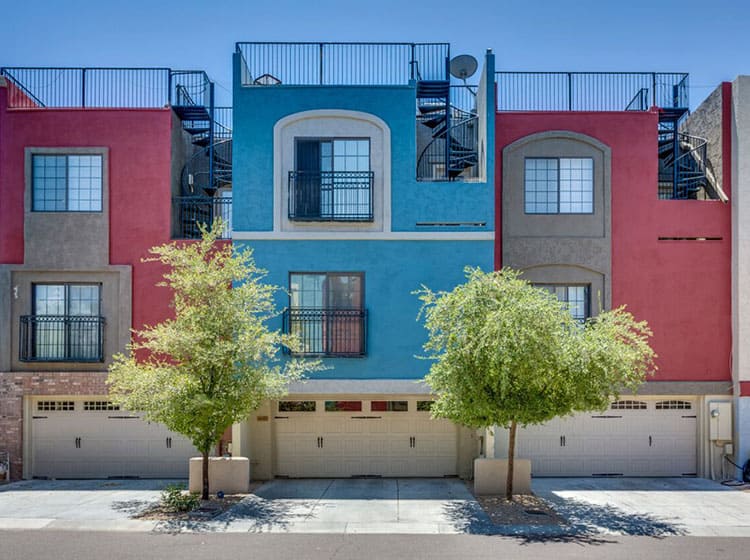Discover Just How Seasonal Impacts Can Impact The Effectiveness Of Commercial Outside Painting And Learn One Of The Most Favorable Times To Guarantee Long Lasting Results For Your Task
Discover Just How Seasonal Impacts Can Impact The Effectiveness Of Commercial Outside Painting And Learn One Of The Most Favorable Times To Guarantee Long Lasting Results For Your Task
Blog Article
Staff Author-Ford Urquhart
When you're planning an industrial exterior paint task, seasonal variables can make or break your outcomes. You'll intend to take into consideration how temperature and humidity influence paint application and drying times. Choosing the right season can ensure your paint adheres correctly and lasts longer. But which seasons are truly the best for this type of work? Let's check out the crucial elements that can influence your job's success.
The Effect of Temperature on Paint Application
When you're preparing a business exterior painting task, the temperature level can significantly affect how well the paint sticks and dries.
Ideally, you wish to repaint when temperatures vary between 50 ° F and 85 ° F. If it's also cool, the paint may not treat correctly, resulting in problems like peeling off or cracking.
On the other hand, if it's as well warm, the paint can dry too promptly, stopping correct attachment and leading to an unequal coating.
You should likewise consider the moment of day; early morning or late afternoon supplies cooler temperature levels, which can be much more desirable.
Always inspect apartment painting company for the certain paint you're making use of, as they usually give support on the suitable temperature range for ideal outcomes.
Moisture and Its Result on Drying Times
Temperature isn't the only environmental element that influences your business outside paint project; moisture plays a significant function too. High moisture levels can reduce drying times substantially, impacting the overall top quality of your paint work.
When the air is filled with dampness, the paint takes longer to cure, which can lead to issues like poor adhesion and a greater threat of mildew development. If you're painting on a particularly damp day, be planned for extensive delay times between coats.
visit my webpage to monitor neighborhood weather conditions and strategy accordingly. Ideally, go for moisture levels between 40% and 70% for optimal drying.
Keeping these factors in mind guarantees your project stays on track and provides a lasting coating.
Best Seasons for Commercial Outside Painting Projects
What's the very best time of year for your industrial outside paint projects?
Spring and early autumn are typically your best bets. Throughout these periods, temperatures are moderate, and humidity levels are usually reduced, creating perfect conditions for paint application and drying out.
Prevent summertime's intense heat, which can create paint to dry also swiftly, leading to inadequate adhesion and finish. In a similar way, winter's cool temperatures can prevent proper drying and treating, risking the durability of your paint job.
Go for days with temperatures in between 50 ° F and 85 ° F for optimal results. Keep in mind to inspect the regional weather prediction for rainfall, as damp problems can spoil your job.
Preparation around these elements ensures your painting project runs smoothly and lasts longer.
Final thought
Finally, intending your commercial exterior paint projects around seasonal factors to consider can make a substantial distinction in the end result. By organizing job during the suitable temperatures and humidity levels, you'll ensure far better attachment and drying times. Bear in mind to watch on neighborhood weather forecasts and select the right time of year-- springtime and early loss are your best bets. Taking these steps will certainly help you accomplish a long lasting and specialist coating that lasts.
